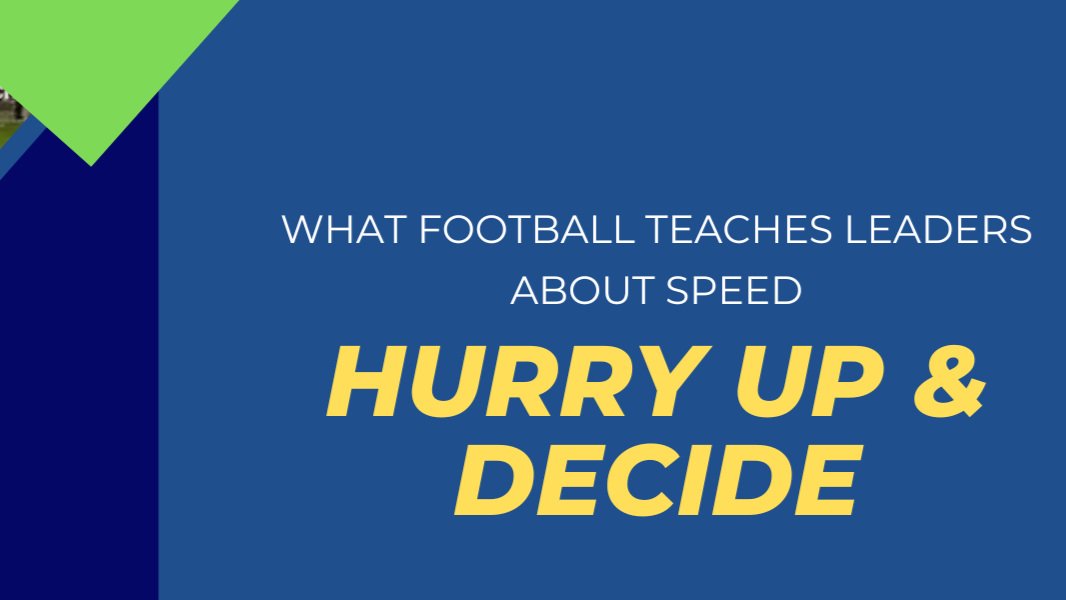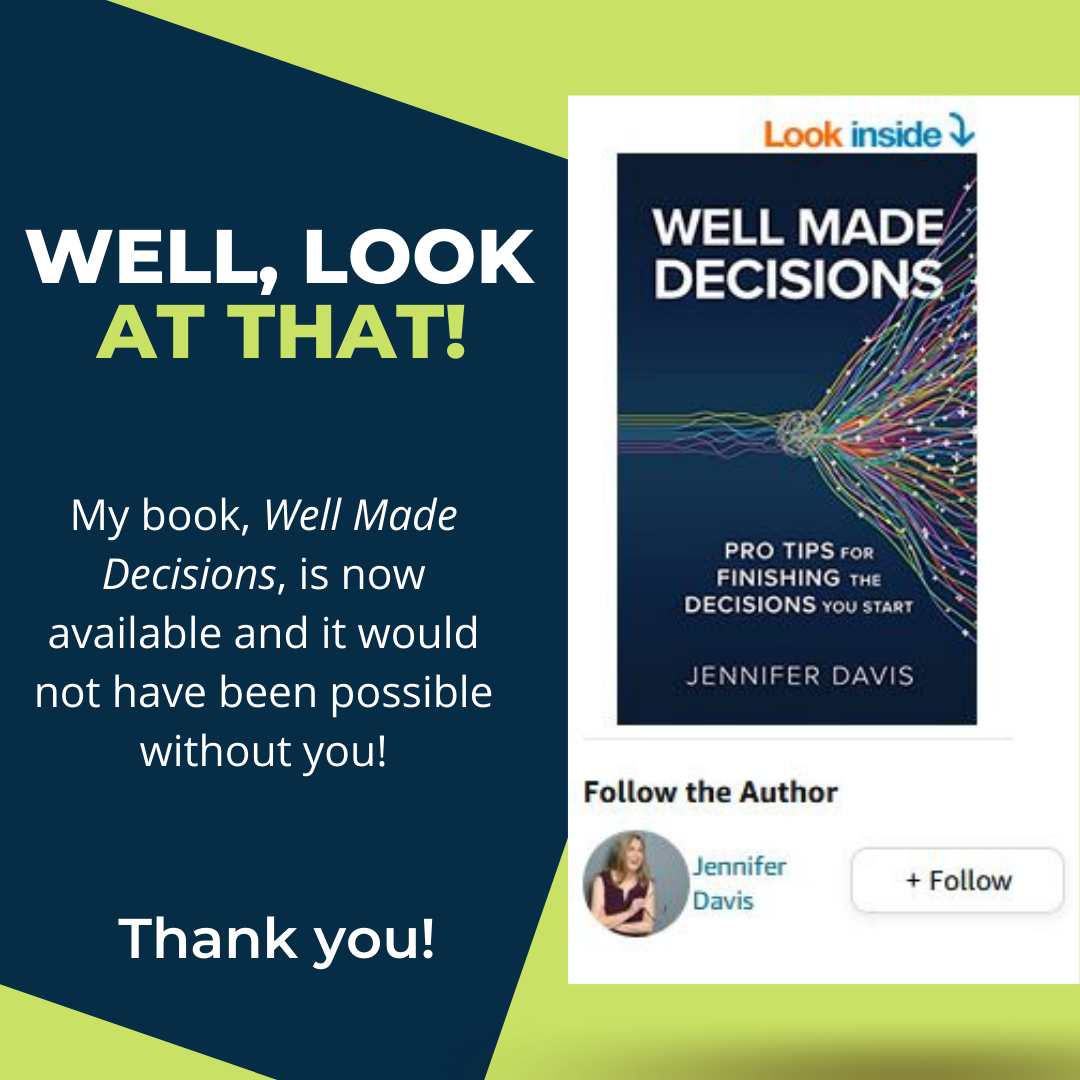Over the past few years, I have been seeing up close the intersection of athletics and business in my role as the CMO of LEARFIELD. I believe sports have many lessons to teach us about decision making that can be applied beyond the field of play. This blog series compares game day decisions and those faced by business leaders providing some insights from the greatest minds in sports that can improve your business.
One of my favorite episodes of Young Sheldon is where the genius child of a west Texas high school football coach tells his Dad matter-of-factly that according to the statistics it is better to “go for it” on a fourth down than it is to punt. It takes some convincing, but in the end the team does well with the new, unconventional strategy. The decision that coaches make on how to handle fourth downs has lessons for us about crisis management.
For those reading who might not be as familiar with American football (preferring perhaps the round ball variety played everywhere else), a 4th down is the offensive’s teams last chance to move the ball or score before they have to surrender it to the opponent and risk being scored upon. This is where strategy can fall victim to panic and impatience. The team’s back is against the proverbial wall. They still have control of the ball, but their control is tenuous and threatened.
There are many situations that put businesses into similar positions. Perhaps a company has invested extensively into new market expansion or new technology and are running out of time to have those investments pay off. Perhaps they are facing new pressures externally from the market or economy, or internally from their board of directors, which is causing them to change their style of play. Perhaps the current leadership is under performance pressure and feel like they are in a 4th down predicament.
In these situations, football has some strategy lessons for leaders under risk and scrutiny. Like Shelton Cooper demonstrated, expert advice will vary, but here are some rules of thumb and how they might apply to your team:
Field Position Matters: Most advise that teams should not punt the ball on the opponent’s side of the field, and really only after crossing your own 40-yard line. Anything less than that puts the opponent in good scoring position is there is a turn-over on downs. Similarly, if you are in a competitive environment and the risk of not progressing forward is higher than the risk of pulling back, then you should proceed. If you have spent 2 years developing a promising new pharmaceutical or technology and know that your competitors are only months behind you in their development, it might make sense to continue to launch, so that you can achieve market adoption first.
Scoring May Not Be The Immediate Goal: In football, as in business, it is a long game. Not every play results in a touchdown or field goal. Sometimes moving the chains is the goal. Some times field position dictates that the special teams should come out and try to kick a field goal, instead of trying to move the ball or score a run or pass touchdown. That only makes sense if ball would be placed confidently in the range of your kicker. In business, this is where your knowledge of the market and your knowledge of your team combine. Not every team has the same capabilities, especially true in college matchups and in your business. So, it is critical to remind yourself of yourself of your differentiating strengths and what the team can reasonably accomplish under pressure. Sometimes that means putting points on the score board. Sometimes that means living to fight another day.
A Punt Isn’t Always a Defeat: If on the 4th down there is no reasonable chance to achieve a 1st down or to score, then the team will choose to punt. The goal here is to give the ball to the opponent, but place it as far away as possible. There are many ways that business emulate this behavior. Instead of developing a marketable product, some firms will secure intellectual property so that anyone attempting to bring to market a product in the space has to license their technology. Sometimes what a company learned through a market or product development process reveals that the market need isn’t as substantial or profitable as they once thought. In this case, ceding the space to a competitor might have them chasing low-return opportunities, while you go on to solve larger or more impactful customer needs. Perhaps you believed in the strategy, but outside forces are causing you to pick different priorities. Although it is hard to stop investing in something you believed in or to pivot an organization to a new strategy, it is often best to ignore the sunk cost and move to a new strategy.
In my book, Well Made Decisions, I write about the importance remaining nimble after a high-stakes decision is made. After all, it is after the decision where all of the results occur. There no such thing as a right decision in many cases, but one that was made right (or deemed wrong) by what happened after the play was called. You see this on the field of play as well, where punts are returned for touchdowns, or the ball is recovered in other ways to change the momentum of the game. Through great communication, a grasp of the fundamentals of the business, and candid truth-telling and teamwork, great teams can perform well even when they face 4th down situations.






















